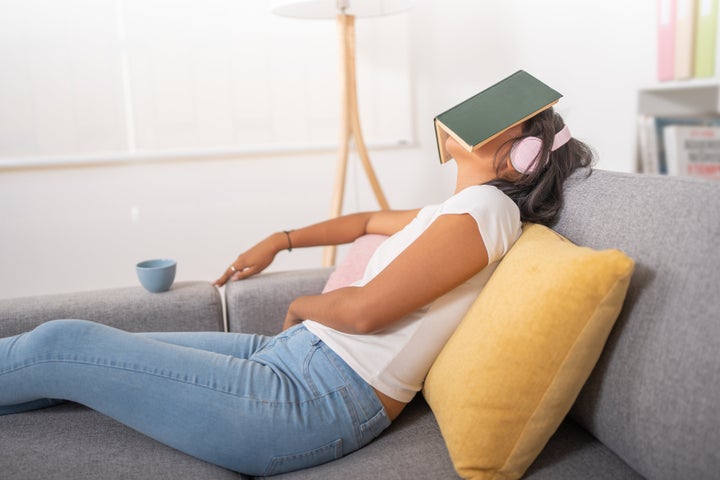
Napping is not an art, it’s a science, according to experts.
And if you want to get the best out of those blissful moments of shut-eye, you probably want to thinking about a few important factors.
Firstly – why should we nap?
Having a moment of shut-eye around midday or early afternoon can give you a creativity boost, according to Martin Seeley, sleep expert and CEO of MatressNextDay.
This gives your brain a break, and lets you recharge by enhancing your cognitive functioning. This includes “divergent thinking, flexible problem-solving, and the ability to make novel connections”, and memory consolidation.
“Individuals who strategically incorporate naps into their daily routine can experience improved creative thinking, increased productivity, and heightened mental agility,” Seeley claims.
Dreaming also helps you access your subconscious mind, and can offer you a fresh perspective on your day. It can help problem-solving too, and offer insight into unresolved issues.
What time are you napping?
Well, we’re glad you asked.
If you opt for mid-afternoon – between 1 and 3pm – you’re onto something.
This is the perfect time as it will offer a solution to the natural drop in energy levels after lunch.
But, if you’re eyeing up a siesta around late afternoon or evening, you’re barking up the wrong tree. Seeley recommends not napping too close to your bedtime, as it can affect your overnight sleep.
This is particularly true if you’re looking for a long nap, as hitting the hay earlier in the day will reduce the risk of it interfering with your evening sleep.
*However*, do listen to your own body, too. What are your personal sleep patterns? When do you feel most drowsy? If you consistently feel exhausted at the same time every day, you could consider taking a regular nap around that time.
How long are you napping for?
Aim for between just 20 and 30 minutes – any longer and you might experience sleep inertia, meaning you’ll feel sluggish and groggy, so it’s worth setting an alarm.
Where are you napping?
You need to be a pretty nice environment to get the best out of your nap.
Seeley says: “Make sure the temperature is comfortable, the lighting is low, and the noise level is low. If you can, try to lie down instead of sitting up.”
What were you doing before napping?
Make sure you’re relaxed before trying to get that bit of sweet shuteye. If you don’t feel calm, try deep breathing or meditating to clam your mind and body.
And are you napping regularly?
Practice napping on the reg, Seeley recommends.
“If possible, try to take a nap at the same time each day. This will help your body adjust to a regular nap schedule and make it easier to fall asleep and wake up.”
You don’t have to tell us twice.